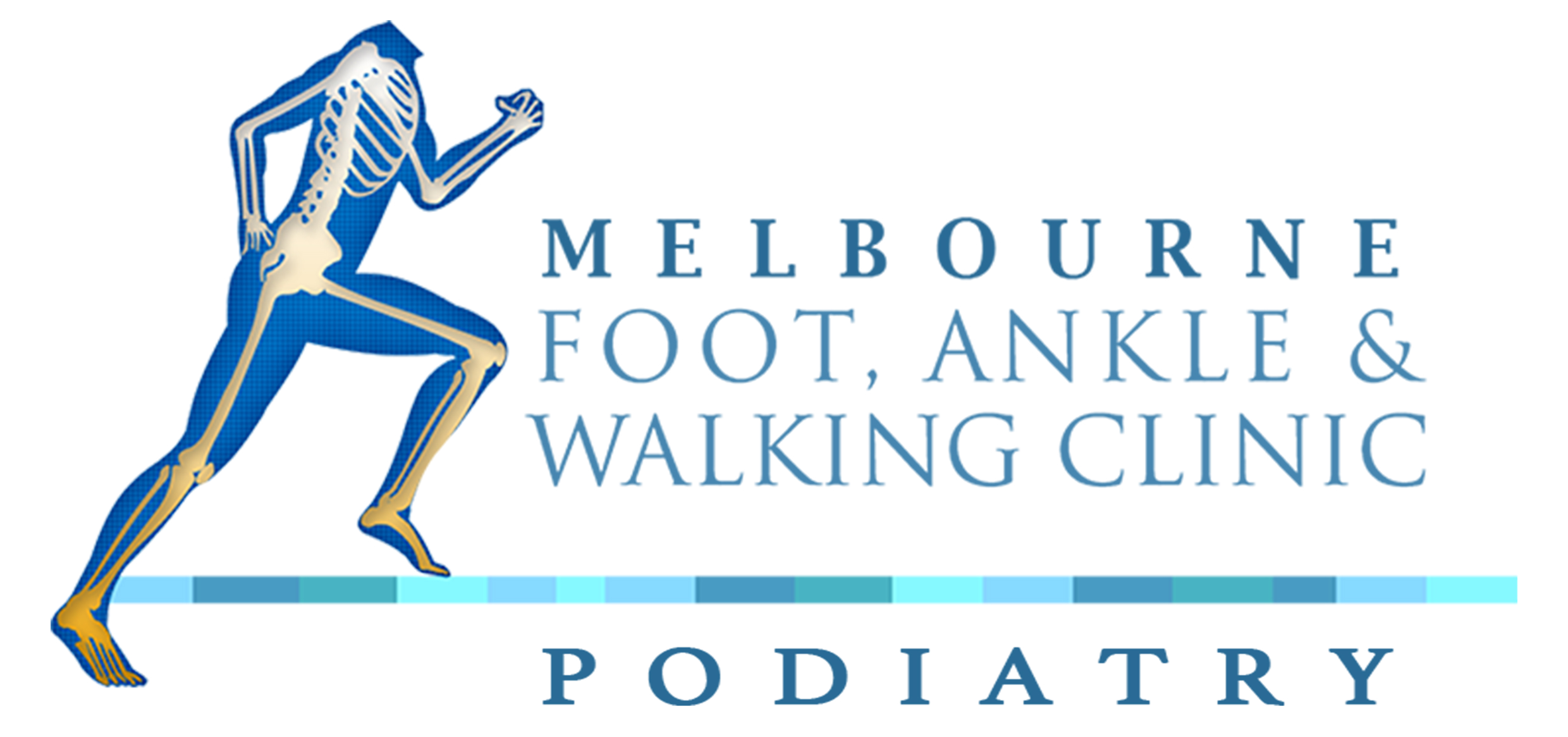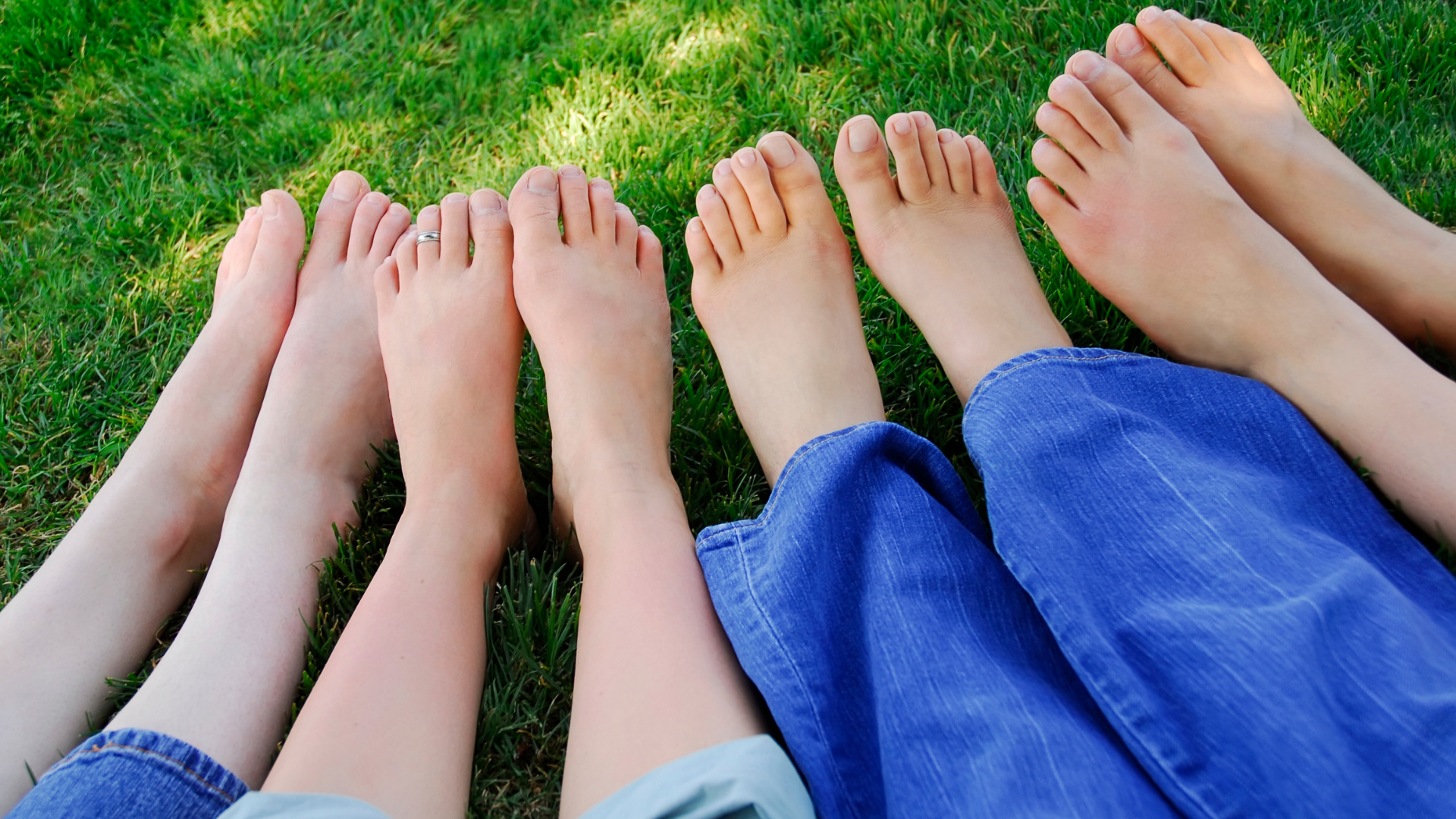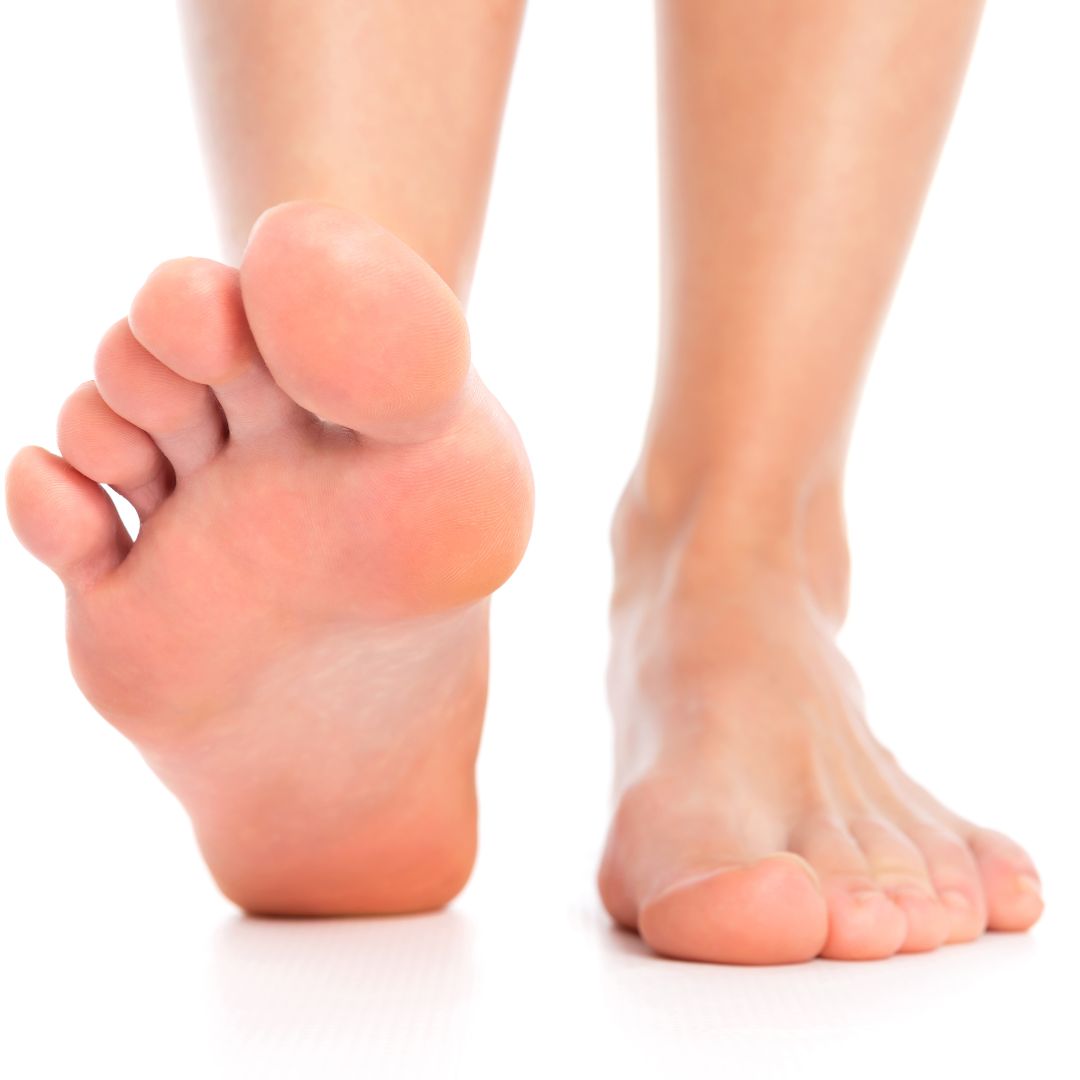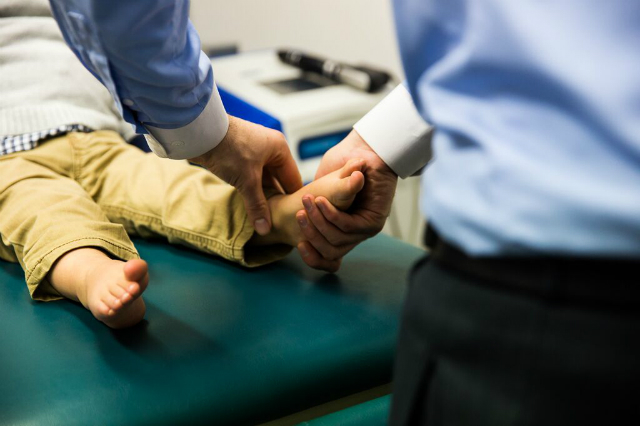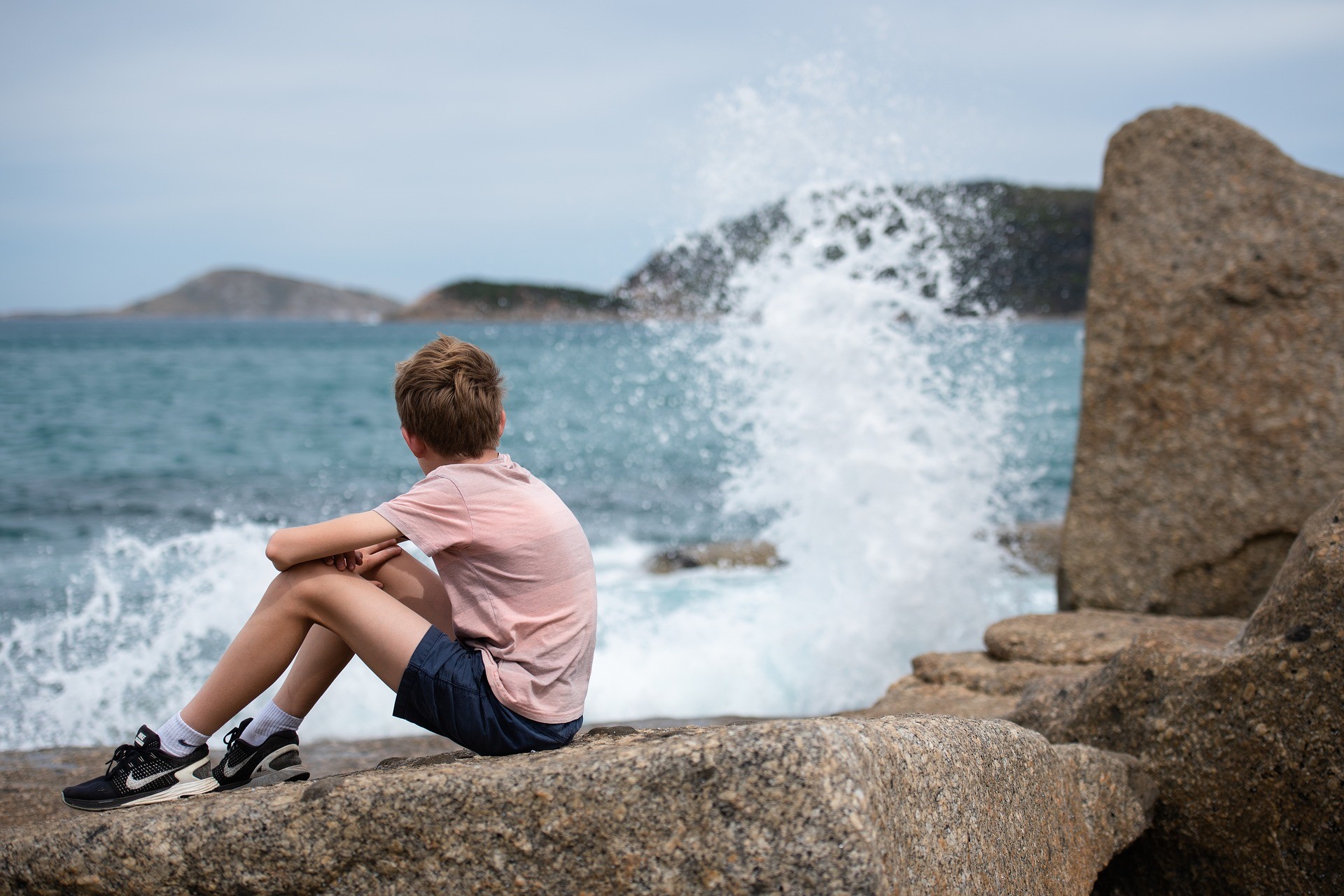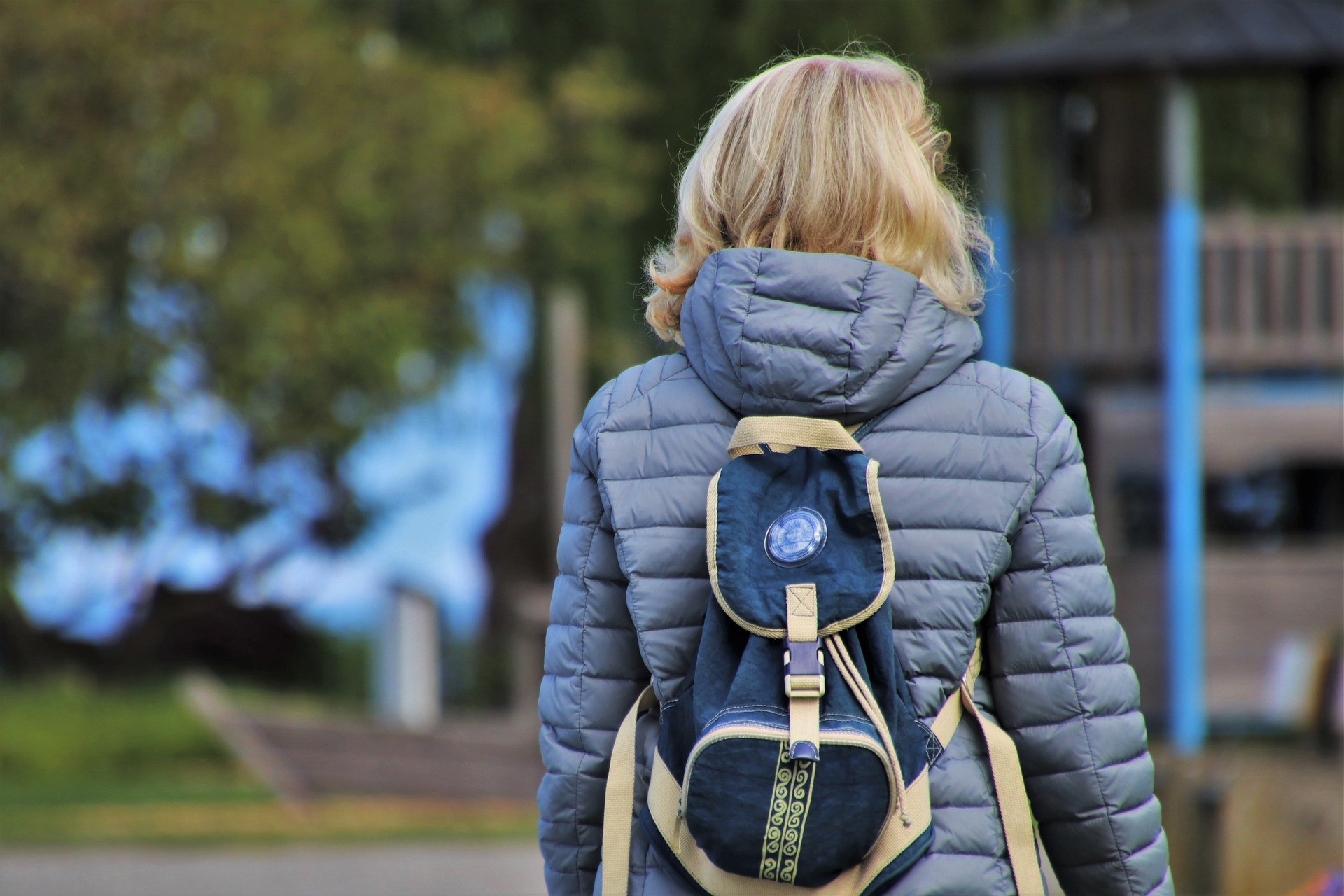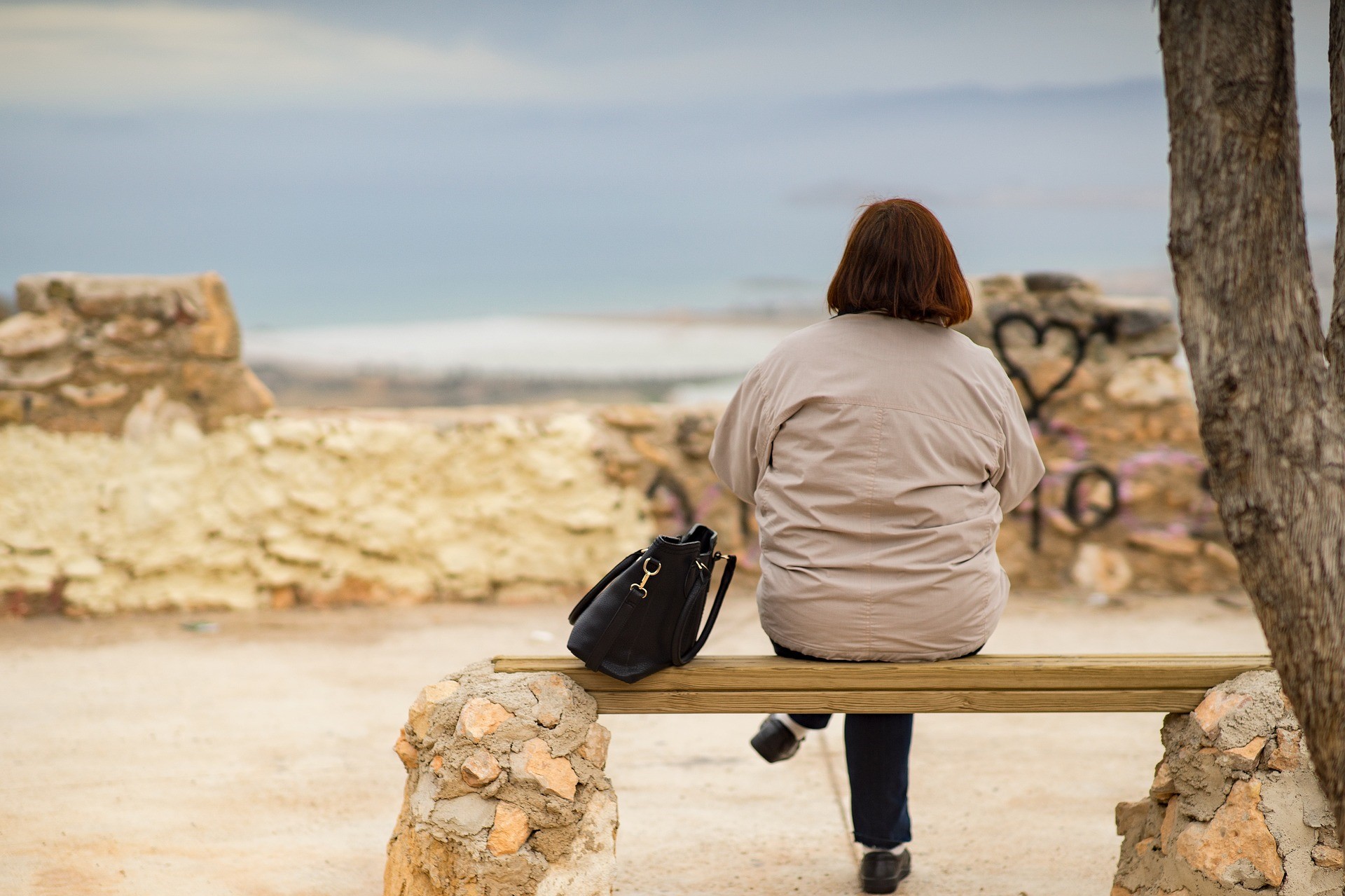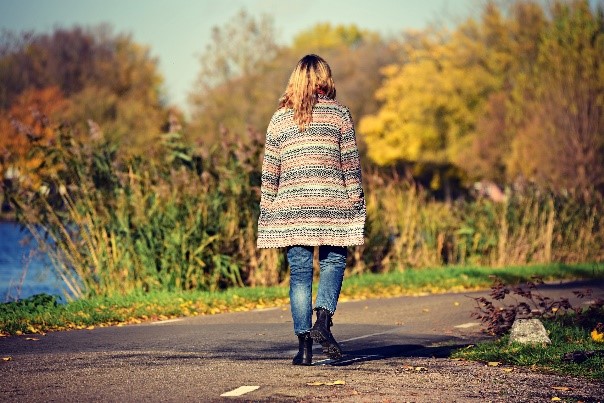Semi custom orthotics have gained considerable traction not only in Melbourne and Blackburn but also across the broader landscape of podiatric care. Their appeal lies in their ability to offer a middle ground between off-the-shelf orthotics and fully customised ones, providing individuals with a level of personalisation that addresses their unique foot requirements without the extensive time and expense typically associated with custom orthotics. This approach to foot support has revolutionised the way people approach
The Power of Orthotics for Flat Feet! Flat feet, medically known as pes planus, can be a source of discomfort and instability for many individuals. This common condition occurs when the arches of the feet collapse, leading to a lack of support and potential issues with alignment. Fortunately, advancements in orthotic technology have provided a promising solution for those seeking relief and improved mobility. In places like Melbourne and Blackburn, where foot health is prioritized,
Flat feet, medically known as pes planus, can cause discomfort and affect mobility for many individuals. The condition occurs when the arches of the feet collapse, leading to improper weight distribution and increased strain on the muscles and ligaments. This can result in pain and fatigue, particularly during prolonged standing or physical activity. Fortunately, flat foot orthotics provide a solution to alleviate these issues, offering support and stability by redistributing pressure and providing arch support.
In the lively core of Melbourne City, amidst the vibrant culture and constant motion, lies a crucial yet often overlooked aspect of health – foot care. Our feet, the foundation of our mobility, carry us through the daily grind with unwavering resilience. However, when foot problems arise, they can significantly impede our quality of life. This is where podiatrists in Melbourne City step in, offering expert care and attention to ensure our feet remain healthy
Your Ultimate Guide to Finding the Best Foot Doctor in Melbourne In the bustling city of Melbourne, finding the right foot doctor to ensure the health and wellness of your feet is paramount. Whether you’re an athlete seeking optimal performance, someone dealing with chronic foot issues, or simply in need of routine care, finding the right foot doctor in Melbourne is essential. A skilled and experienced foot doctor can provide the care and expertise necessary
Meet Sean 14-year-old male Heavily involved in dramatic arts On-off periods of extreme foot pain Middle section of both feet affected 12+ months duration Had been referred by his GP Sean came in with his dad to see our team at Melbourne Walking Clinic after experiencing extreme foot pain on and off for the last twelve months. His orthopaedic surgeon had sent him for an x-ray, which revealed an accessory navicular bone. With Sean’s young
Meet Darryl 35-year-old male Very active Sprinter Pain in the left Achilles tendon for six months Darryl had been experiencing pain at the back of his left heel, in his Achilles tendon, for over six months. He had tried stretching his calves daily, performing calf raises and numerous other exercises he had read about online – with no success. Darryl Came To See the Team at Melbourne Walking Clinic When we met Darryl and listened
Meet Karen 47 years old No history of medical problems Sedentary job during the day An active rower and runner outside of work Tear in the left plantar fascia We first met Karen when she presented to Melbourne Walking Clinic with severe pain in the base of her left heel. The pain had been present for six weeks, since her walking holiday. Karen graded the pain an 8/10 – 10/10 on the pain scale, and
Meet Breanna 67-year-old retiree Works at community charity op-shop Ongoing heel pain Previous hip replacement surgery Has arthritis Breanna is an optimistic and active retiree that enjoys volunteering at her local charity op-shop. Unfortunately, over the last 3 months, she has been unable to stay on her feet for long periods because of severe heel pain in her left heel. Breanna tried changing her shoes to ones with better support and found that this has
Meet Nadia 36-year-old female Wants to be more active but is limited by pain Has seen multiple health professionals and told that “her legs aren’t made for running” and to stay away from high-impact exercise Nadia came into our clinic searching for a solution to her pain that had been present for the past two years. Her pain increased when she was standing and walking, and settled with rest. It had been gradually becoming more
